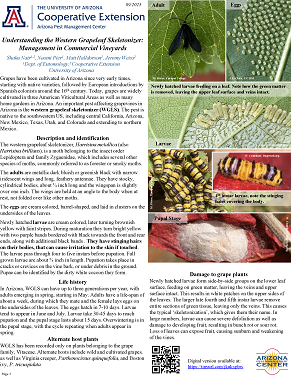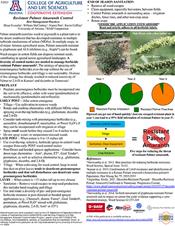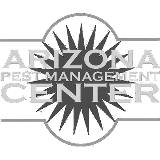-
Sep 2023The Western grapeleaf skeletonizer is an important pest of grapes in Arizona. With the increase in acreage under grapes in the state, there is need for resources to help growers in managing important pests. This IPM Short provides concise information on identification and management of this pest.
-
Dec 2022
Agaves are beautiful and hardy desert plants, that have a conspicuous presence in Arizona landscapes. They are especially valued for their diversity of forms and colors. Agaves face relatively few pest problems, compared to other landscape plants. The most significant pest is the agave snout weevil, Scyphophorus acupunctatus. Another important, but often overlooked pest is the agave mite or grease mite, Oziella sp. The other tiny bug that scurries around on the agave leaves often goes unnoticed. These minute insects are agave plant bugs. They are easier to detect and cause less damage compared to the other two pests, but can sometimes become a problem.
-
May 2021
Palmer amaranth (careless weed or pigweed) is a plant native to the desert southwest that has developed resistance to multiple herbicide mechanisms of action (MOAs). In multiple crops, in all major Arizona agricultural areas, Palmer amaranth resistant to glyphosate and ALS inhibitors (e.g., Staple®) can be found. A diversity of control tactics are needed to manage herbicide resistant Palmer amaranth.








